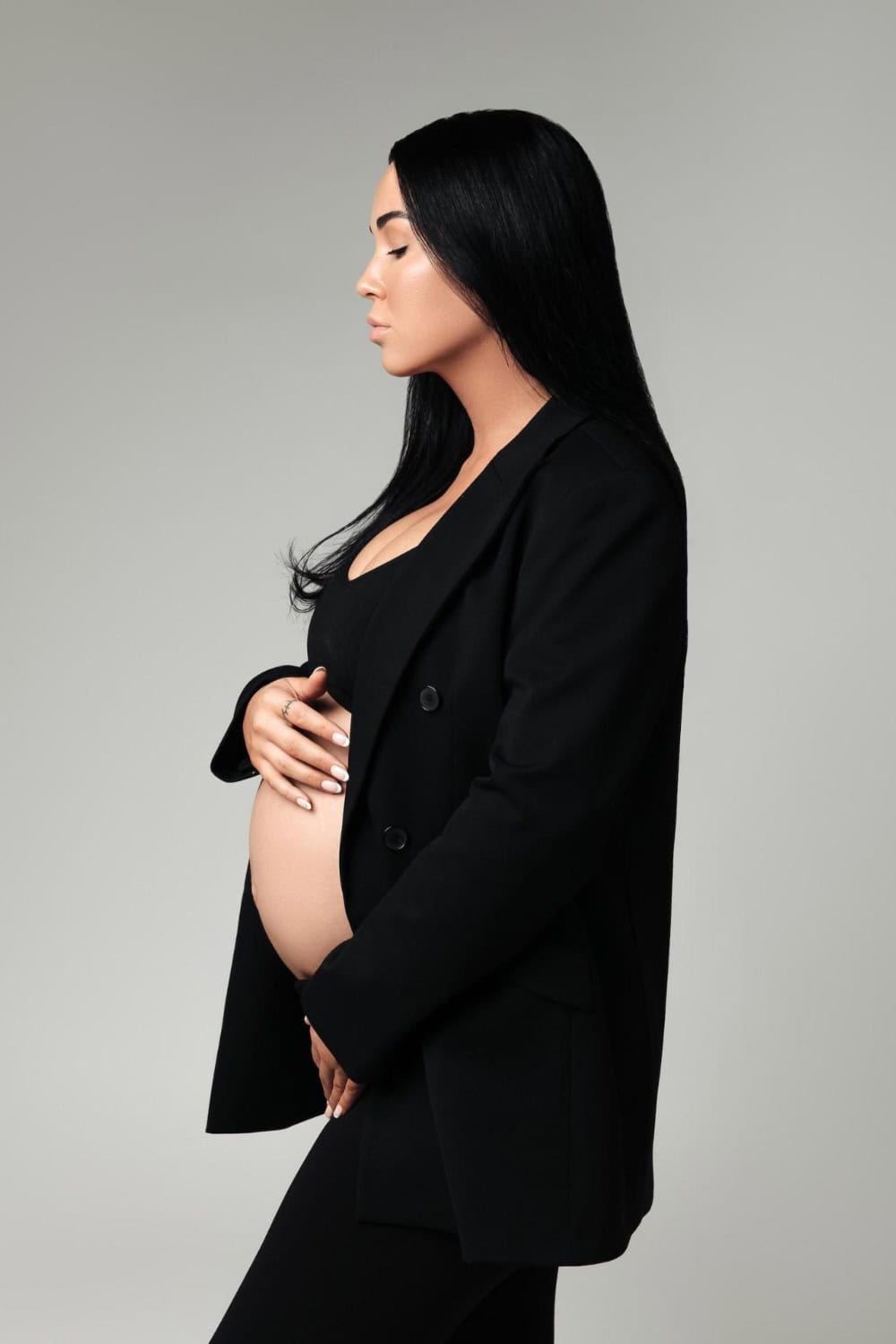“I want to get closer, right into the belly of the volcano,” Maurice once said, adding, “It will kill me one day, but that doesn’t bother me at all.”
“It’s not that I flirt with death,” Katia said, “but at that moment, I don’t care at all.”
Their union not only produced a trove of astonishing imagery that can be endlessly reworked and put to a variety of uses, it gave any future filmmaker who wanted to retell their story a gallery of metaphors for love, passion, obsession, and commitment. From the opening images of the Kraffts driving a Jeep through snowy tundra and pausing to unstick the vehicle from an ice patch, shot after shot serves its own narrative function while seeming as if it’s also functioning as a metaphor or symbol (regardless of the Kraffts’ original intent). Films that are made this way can be endlessly re-watchable, because they don’t put too fine a point on the various possible secondary associations, instead giving the viewer mental space in which to muse and fantasize and draw their own connections.
Directed and cowritten by Sara Dosa (“The Last Season,” “The Edge of Democracy“) and narrated by filmmaker-actor-artist Miranda July, “Fire of Love” is one of a vanishingly rare breed of documentary that is determined to be “total cinema,” not just capturing the facts of what happened to its subjects but creating an entire aesthetic—a vibe—around them. As directed by Dosa and nimbly cut by editors Erin Casper and Jocelyne Chaput (who have already received an award for their work here, and deserve more), “Fire of Love” is not content to toss a series of arresting images collected by other filmmakers on the screen, even though the result still would’ve been riveting if they had.
The Kraffts were once described by a journalist as “traveling performer volcanologists,” and they liked the description and found truth in it. Dosa’s movie leans into the idea, linking them to a long tradition of naturalist filmmakers that includes their countryman Jacques Cousteau. We’re aware that the Kraffts are using their eccentric charisma and romantic mystique to get themselves (and the viewer) as close to the action as possible. Our awareness of the mechanics of their “act” is part of the show we’re watching, like the patter of a magician who talks about the history of illusions while doing tricks.
You can view the original article HERE.
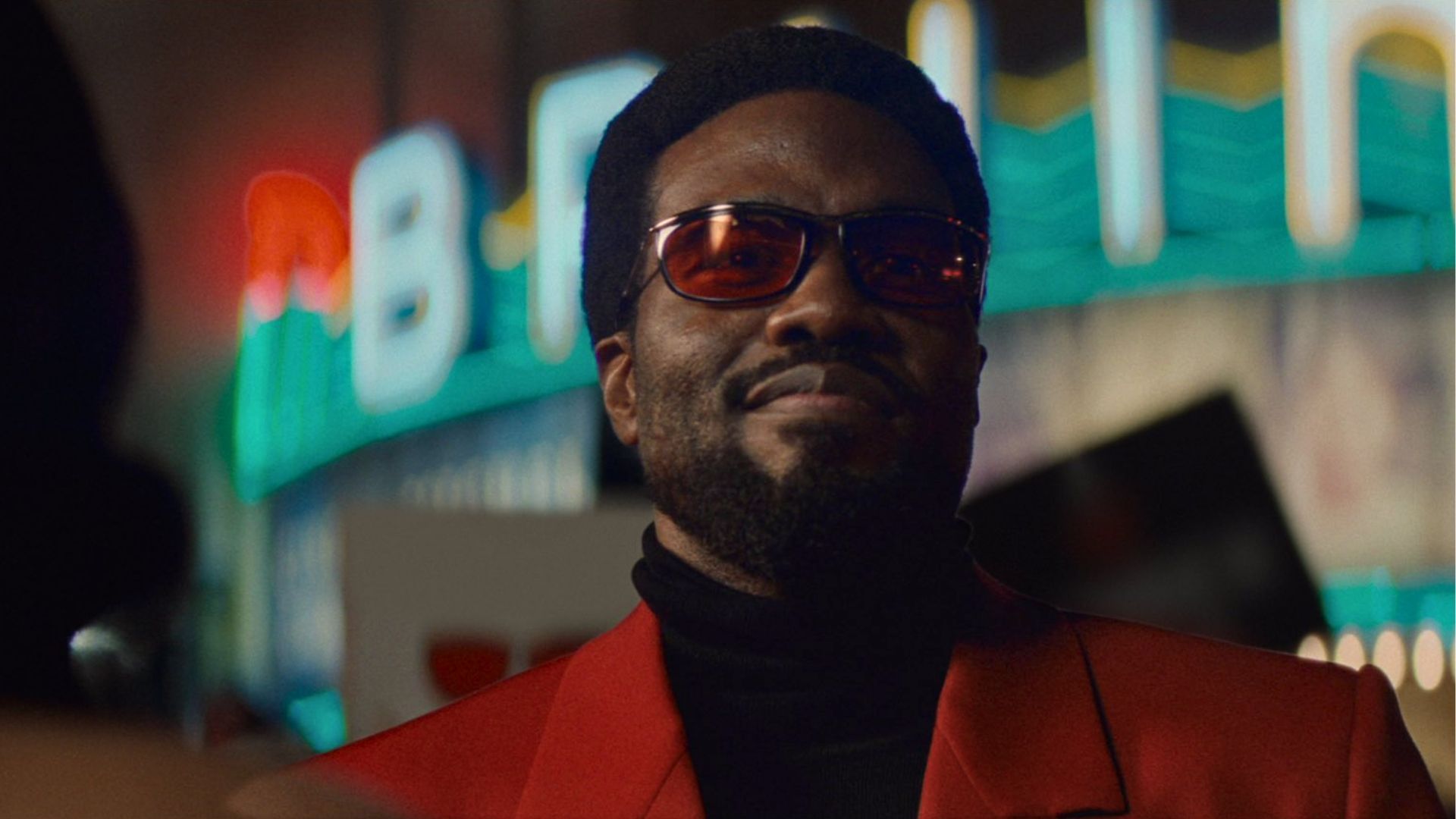


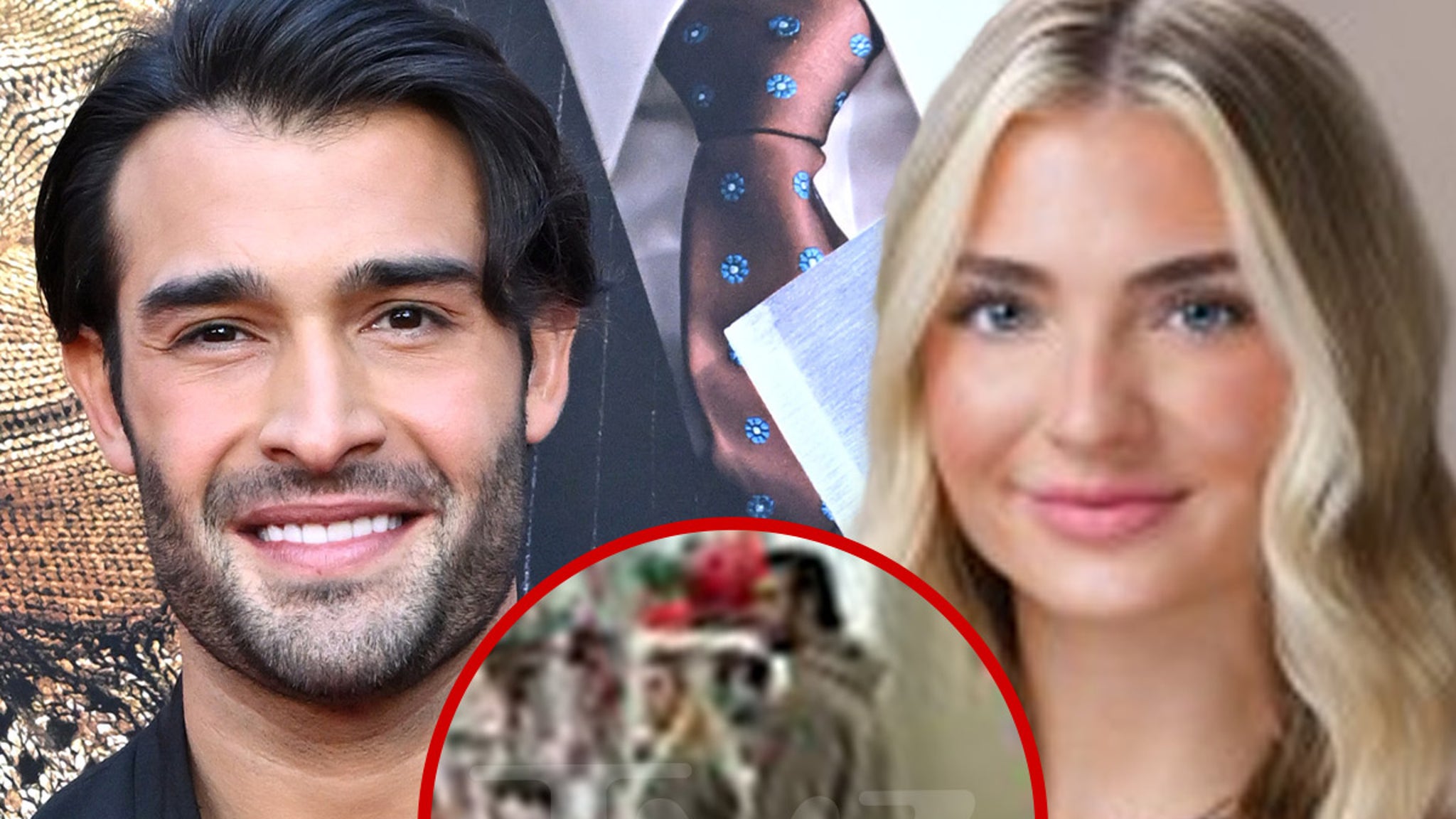

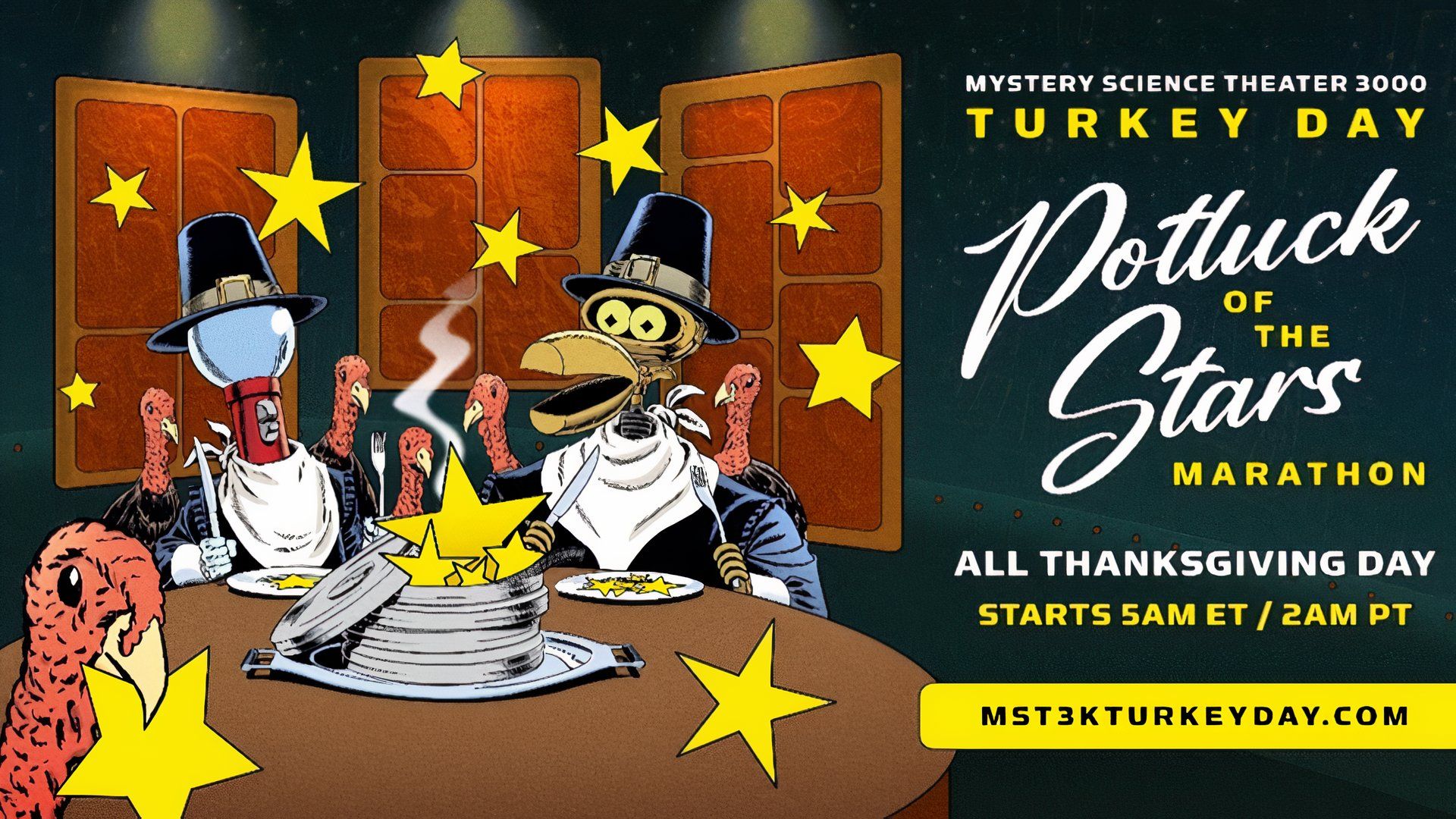

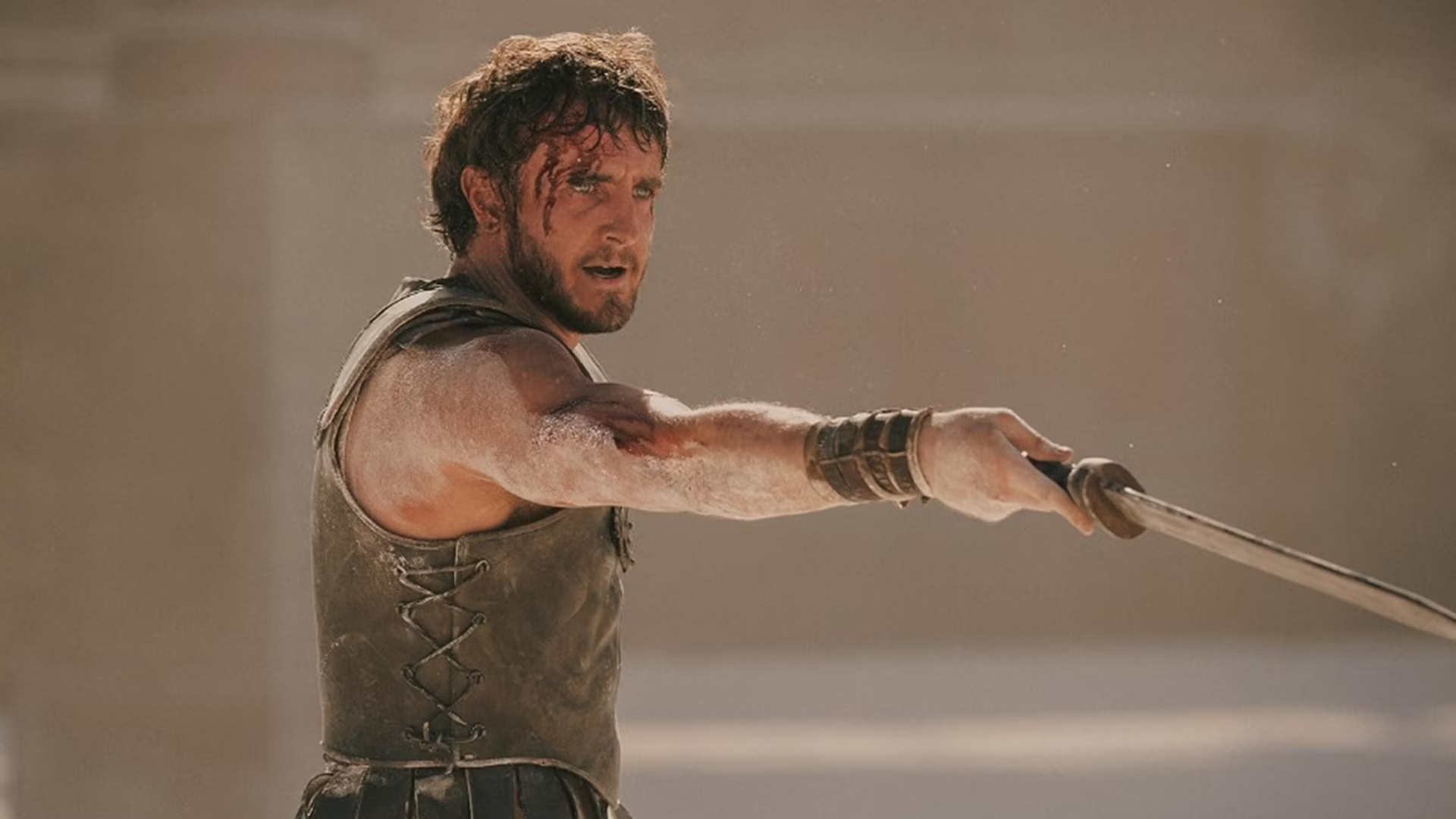




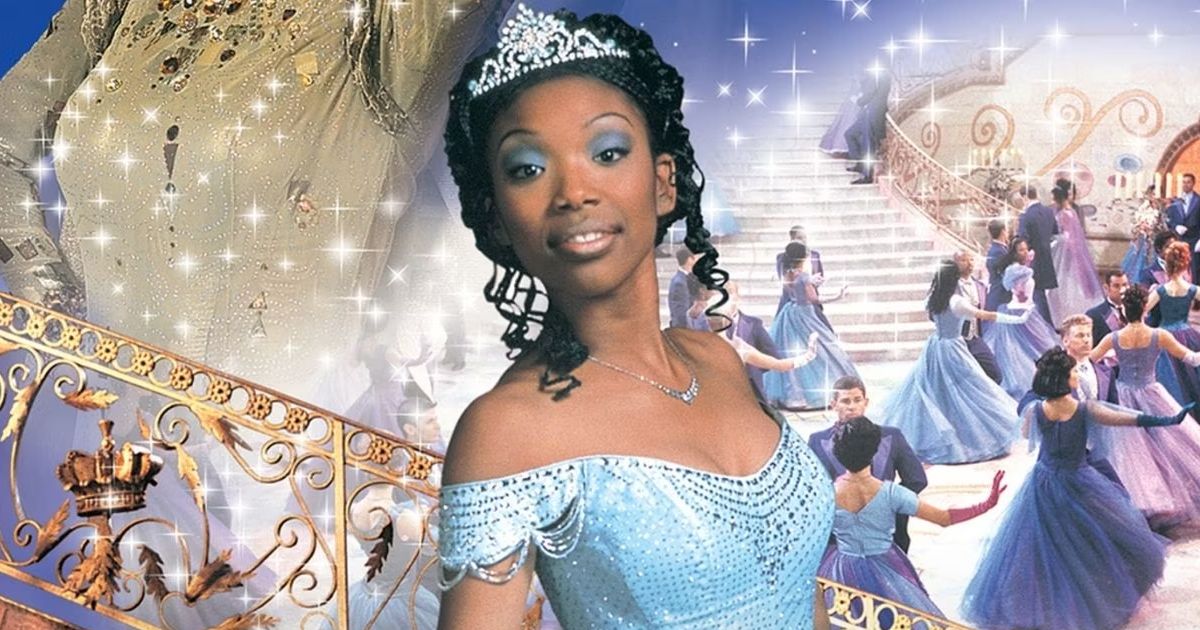


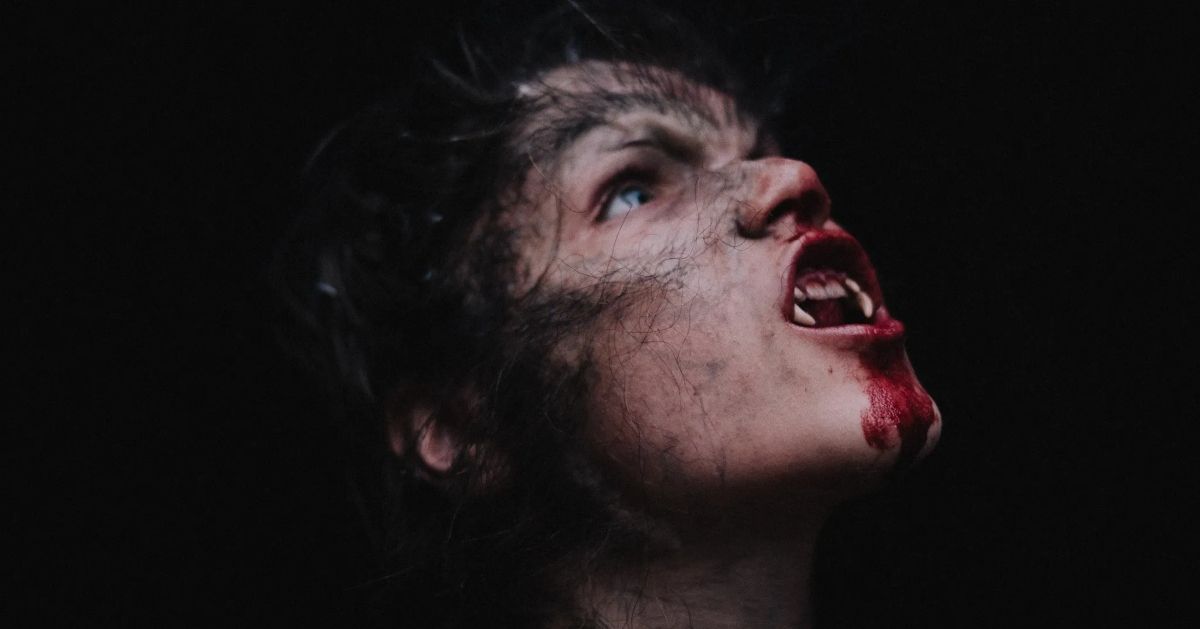
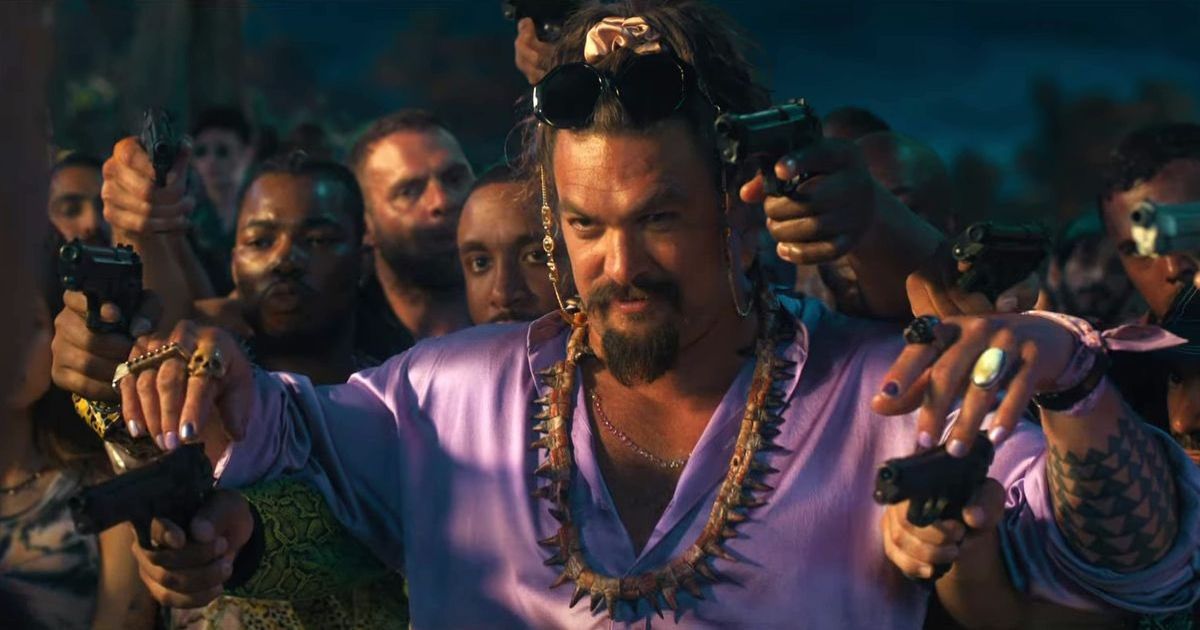

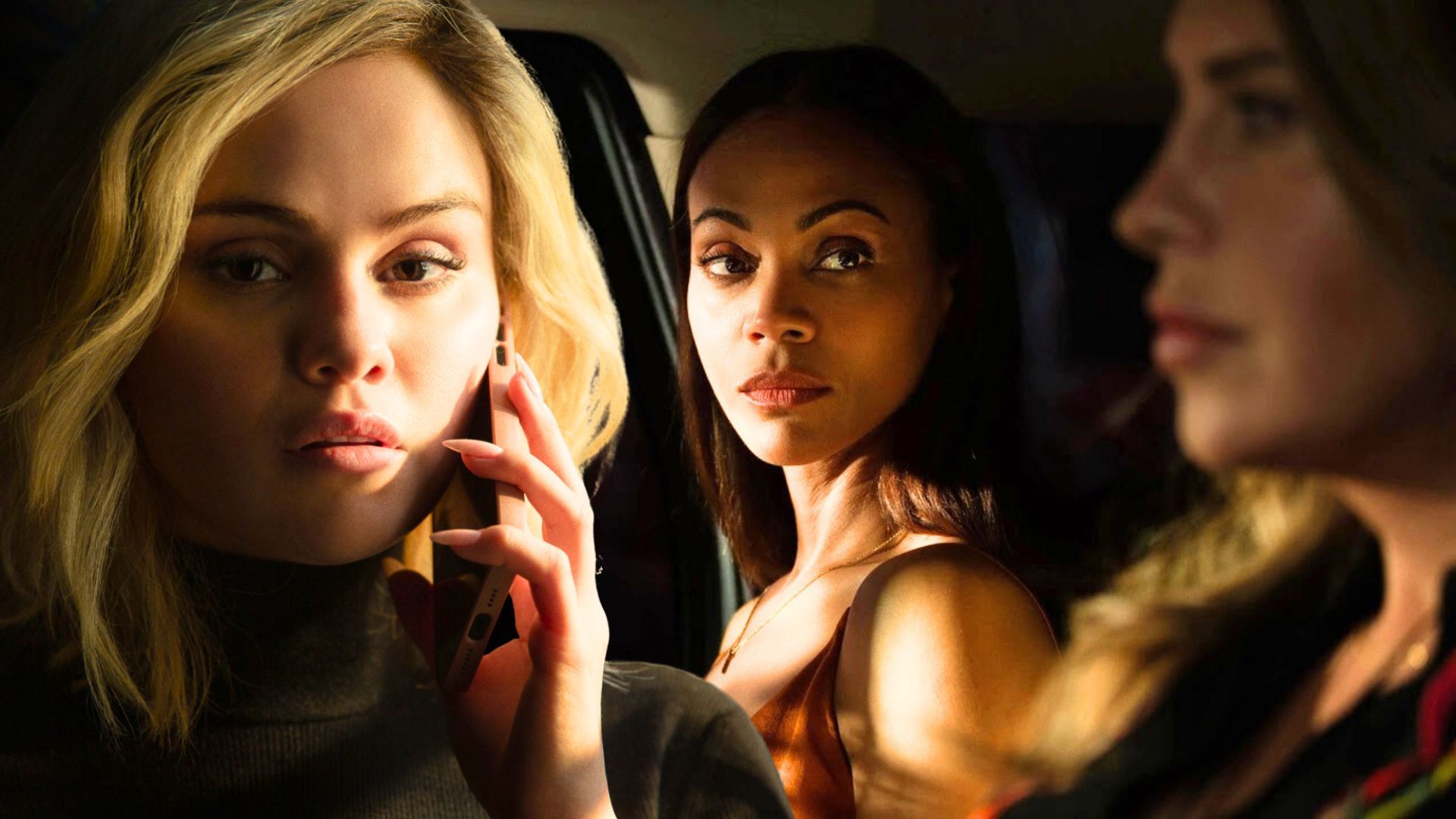



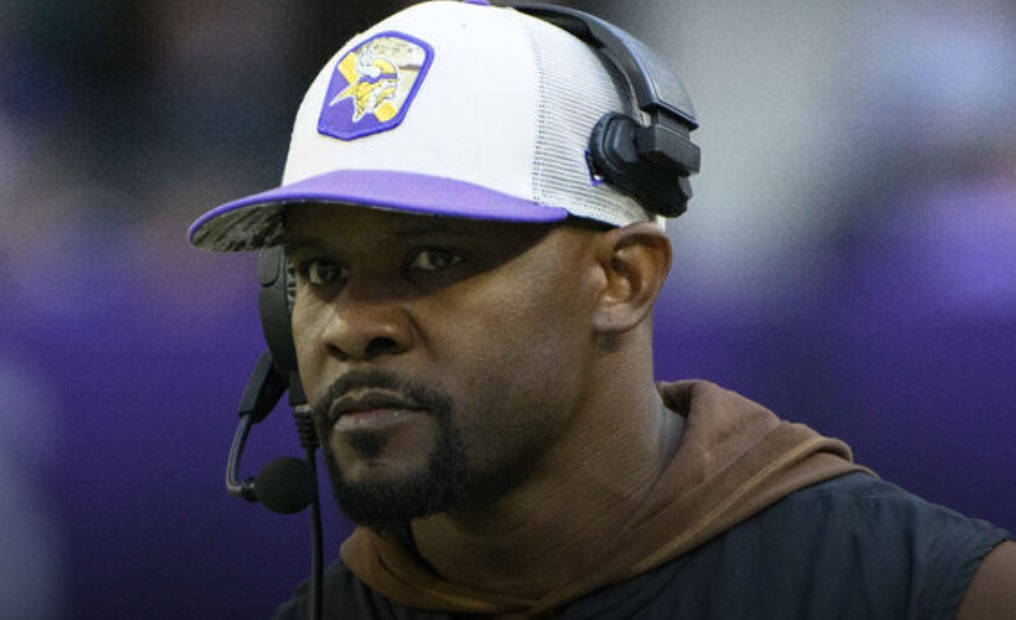

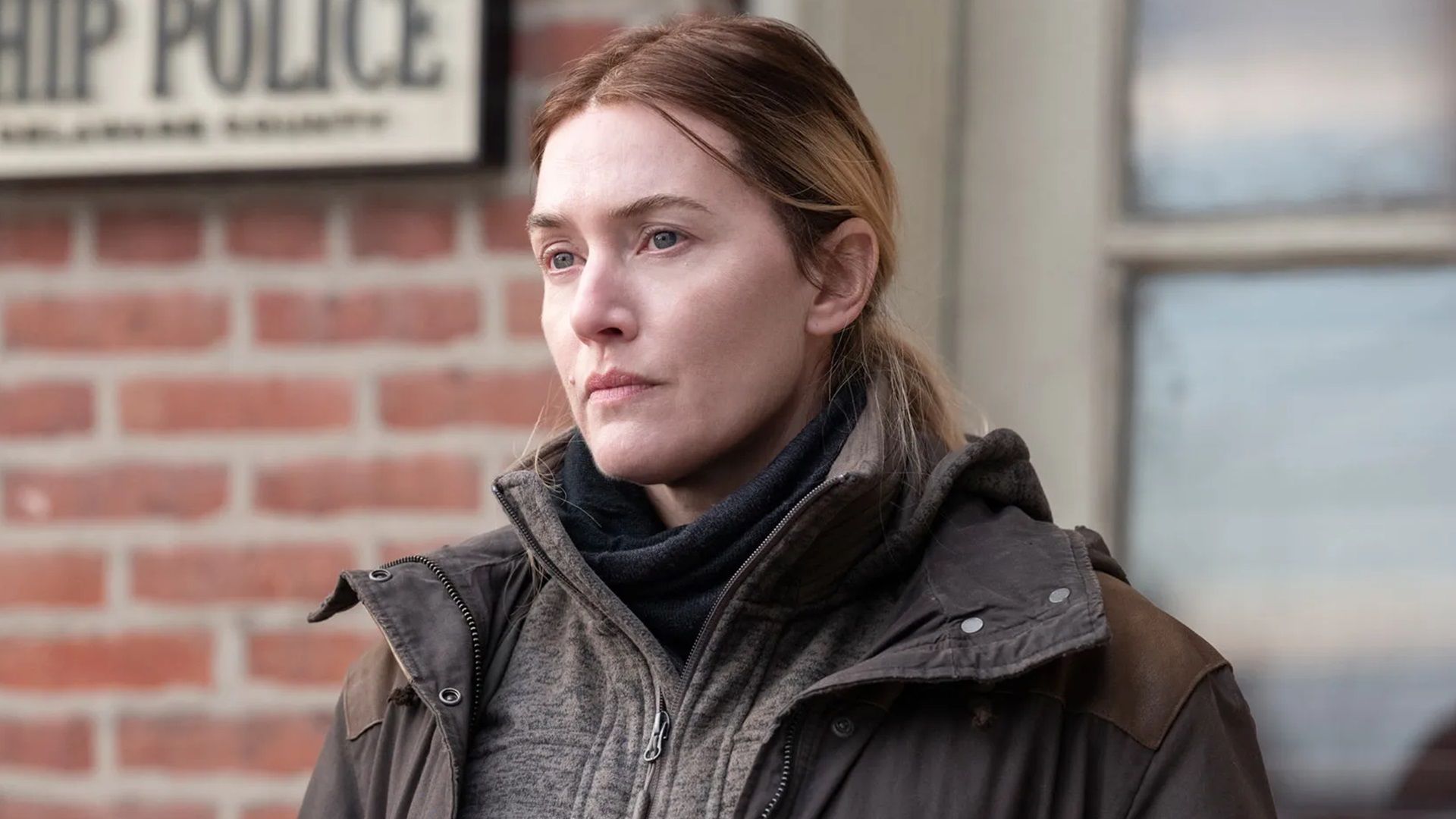

:quality(85):upscale()/2024/11/13/790/n/1922564/c0ad2b806734e8c87b1ee9.61099793_.jpg)

